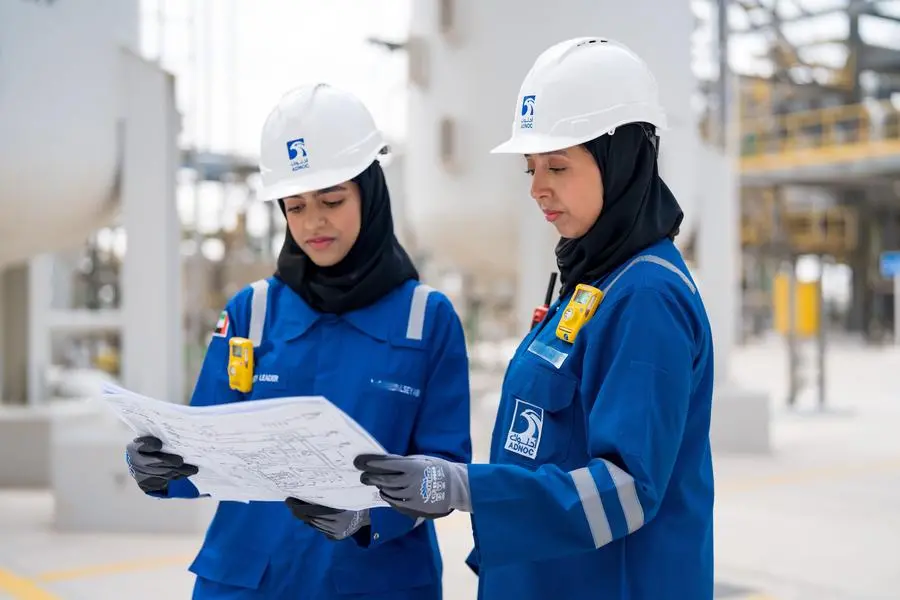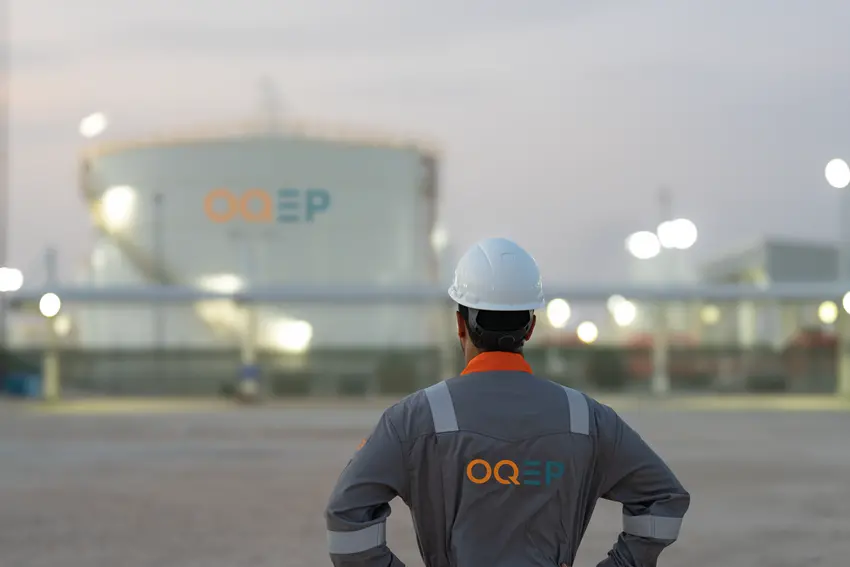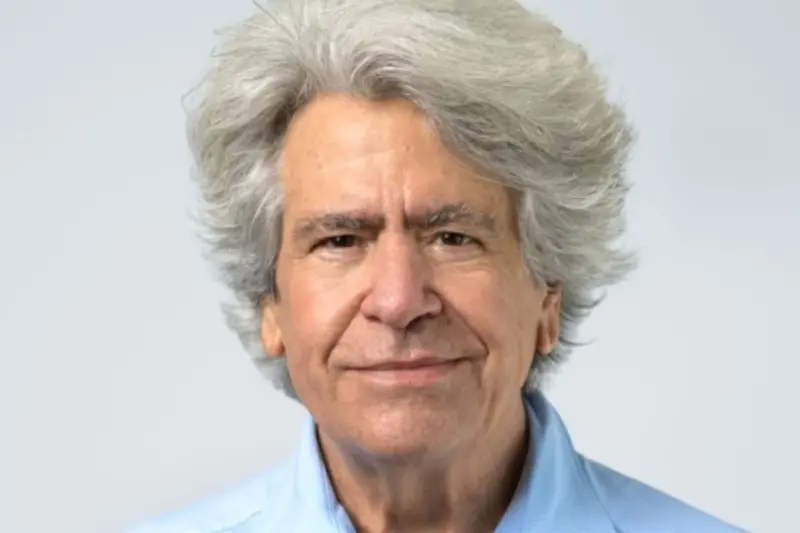PHOTO
Supporters of Argentine presidential candidate Sergio Massa put up AI-generated posters depicting him in the style of José de San Martín, an Argentine independence hero, in Buenos Aires, Argentina.
Lucía Cholakian Herrera
The writer is a freelance reporter covering Argentina and LatAm
The posters dotting the streets of Buenos Aires had a certain Soviet flair to them.
There was one of Argentina’s presidential candidates, Sergio Massa, dressed in a shirt with what appeared to be military medals, pointing to a blue sky. He was surrounded by hundreds of older people — in drab clothing, with serious, and often disfigured, faces — looked toward him in hope.
The style was no mistake. The illustrator had been given clear instructions.
“Sovietic Political propaganda poster illustration by Gustav Klutsis featuring a leader, masssa, standing firmly,” said a prompt that Massa’s campaign fed into an artificial intelligence program to produce the image. “Symbols of unity and power fill the environment,” the prompt continued. “The image exudes authority and determination.”
Javier Milei, the other candidate in Sunday’s runoff election, has struck back by sharing what appear to be AI images depicting Massa as a Chinese communist leader and himself as a cuddly cartoon lion. They have been viewed more than 30 million times.
Argentina’s election has quickly become a testing ground for AI in campaigns, with the two candidates and their supporters employing the technology to doctor existing images and videos and create others from scratch.
AI has made candidates say things they did not, and put them in famous movies and memes. It has created campaign posters, and triggered debates over whether real videos are actually real.
AI’s prominent role in Argentina’s campaign and the political debate it has set off underscore the technology’s growing prevalence and show that, with its expanding power and falling cost, it is now likely to be a factor in many democratic elections around the globe.
Supporters of Argentine presidential candidate Sergio Massa put up AI-generated posters depicting him in the style of José de San Martín, an Argentine independence hero, in Buenos Aires, Argentina.
Experts compare the moment to the early days of social media, a technology offering tantalizing new tools for politics — and unforeseen threats.
Massa’s campaign has created an AI system that can create images and videos of many of the election’s main players — the candidates, running mates, political allies — doing a wide variety of things.
The campaign has used AI to portray Massa, Argentina’s staid center-left economy minister, as strong, fearless and charismatic, including videos that show him as a soldier in war, a Ghostbuster and Indiana Jones, as well as posters that evoke Barack Obama’s 2008 “Hope” poster and a cover of The New Yorker.
The campaign has also used the system to depict his opponent, Milei — a far-right libertarian economist and television personality known for outbursts — as unstable, putting him in films like “Clockwork Orange” and “Fear and Loathing in Las Vegas.”
Much of the content has been clearly fake. But a few creations have toed the line of disinformation. The Massa campaign produced one “deepfake” video in which Milei explains how a market for human organs would work, something he has said philosophically fits in with his libertarian views.
“Imagine having kids and thinking that each is a long-term investment. Not in the traditional sense, but thinking of the economic potential of their organs,” says the manipulated image of Milei in the fabricated video, posted by the Massa campaign on its Instagram account for AI content, called “A.I. for the Homeland.”
The post’s caption says, “We asked an Artificial Intelligence to help Javier explain the business of selling organs and this happened.”
In an interview, Massa said he was shocked the first time he saw what AI could do. “I didn’t have my mind prepared for the world that I’m going to live in,” he said. “It’s a huge challenge. We’re on a horse that we have to ride but we still don’t know its tricks.”
The New York Times then showed him the deepfake his campaign created of Milei and human organs. He appeared disturbed. “I don’t agree with that use,” he said.
His spokesperson later stressed that the post was in jest and clearly labeled AI-generated. His campaign said in a statement that its use of AI is to entertain and make political points, not deceive.
Researchers have long worried about the impact of AI on elections. The technology can deceive and confuse voters, casting doubt over what is real, adding to the disinformation that can be spread by social networks.
For years, those fears had largely been speculative because the technology to produce such fakes was too complicated, expensive and unsophisticated.
“Now we’ve seen this absolute explosion of incredibly accessible and increasingly powerful democratized tool sets, and that calculation has radically changed,” said Henry Ajder, an expert based in England who has advised governments on AI-generated content.
So far, the AI-generated content shared by the campaigns in Argentina has either been labeled AI-generated or is so clearly fabricated that it is unlikely it would deceive even the most credulous voters. Instead, the technology has supercharged the ability to create viral content that previously would have taken teams of graphic designers days or weeks to complete.
Meta, the company that owns Facebook and Instagram, said this week that it would require political ads to disclose whether they used AI. Other unpaid posts on the sites that use AI, even if related to politics, would not be required to carry any disclosures. The U.S. Federal Election Commission is also considering whether to regulate the use of AI in political ads.
The Institute for Strategic Dialogue, a London-based research group that studies internet platforms, signed a letter urging such regulations. Isabelle Frances-Wright, the group’s head of technology and society, said the extensive use of AI in Argentina’s election was worrisome.
“I absolutely think it’s a slippery slope,” she said. “In a year from now, what already seems very realistic will only seem more so.”
The AI images have also shown up in the real world. The Soviet posters were one of the dozens of designs that Massa’s campaign and supporters printed to post across Argentina’s public spaces.
Some images were generated by the campaign’s AI, while others were created by supporters using AI, including one of the most well-known, an image of Massa riding a horse in the style of José de San Martín, an Argentine independence hero.
“Massa was too stiff,” said Octavio Tome, a community organizer who helped create the image. “We’re showing a boss-like Massa, and he’s very Argentine.”
The rise of AI in Argentina’s election has also made some voters question what is real. After a video circulated last week of Massa looking exhausted after a campaign event, his critics accused him of being on drugs. His supporters quickly struck back, claiming the video was actually a deepfake.
His campaign confirmed, however, that the video was, in fact, real, but said Massa was not on drugs. - The New York Times
2022 © All right reserved for Oman Establishment for Press, Publication and Advertising (OEPPA) Provided by SyndiGate Media Inc. (Syndigate.info).























